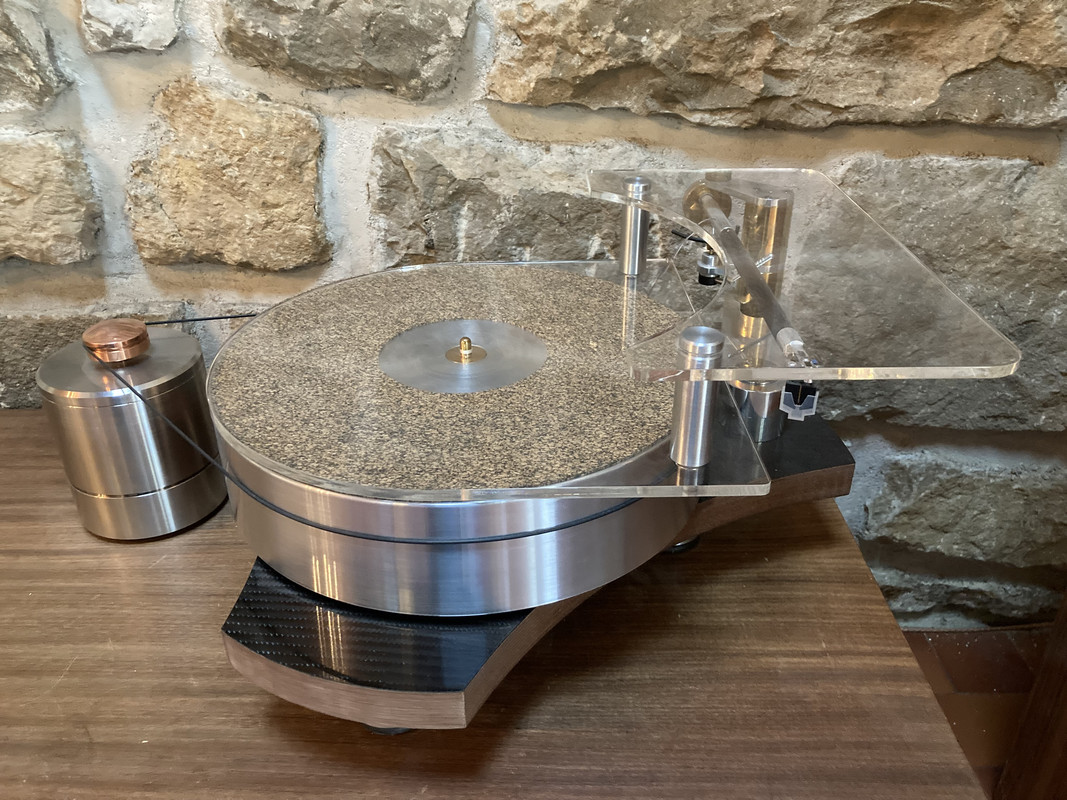Eyebroughty
JohnC
Hi,
If I recall in the early days, late 70's and early 80's the marketing and demos of the LP12 were based around the fact that direct drive turntables reacted so fast that they altered the pitch of the note(s) as they adjusted the speed back to a perfect 33.3 rpm.
The LP12 slowly adjusted the speed back to 33.3 rpm so you would not notice any imperfections in speed.
However as was also noted at the time record cutting lathes were said not to be 100% accurate at keeping to 33.3 rpm, at some point Linn went and started making records on their own record cutting lathe which was made to be perfect at keeping it at 33.3 rpm.
So did that mean that the direct drive turntables then played Linn records perfectly and the LP12 did not?
Also if I recall one of the main reasons why Naim and Linn made external supplies to power the motor was to keep the cartridges from picking up noise from the valhalla board, some people even removed the valhalla and placed it in a box external to the LP12, then again maybe Linn heard about this and thought it was a good idea, like Naim did.
Just saying
Cheers
John
If I recall in the early days, late 70's and early 80's the marketing and demos of the LP12 were based around the fact that direct drive turntables reacted so fast that they altered the pitch of the note(s) as they adjusted the speed back to a perfect 33.3 rpm.
The LP12 slowly adjusted the speed back to 33.3 rpm so you would not notice any imperfections in speed.
However as was also noted at the time record cutting lathes were said not to be 100% accurate at keeping to 33.3 rpm, at some point Linn went and started making records on their own record cutting lathe which was made to be perfect at keeping it at 33.3 rpm.
So did that mean that the direct drive turntables then played Linn records perfectly and the LP12 did not?
Also if I recall one of the main reasons why Naim and Linn made external supplies to power the motor was to keep the cartridges from picking up noise from the valhalla board, some people even removed the valhalla and placed it in a box external to the LP12, then again maybe Linn heard about this and thought it was a good idea, like Naim did.
Just saying
Cheers
John


